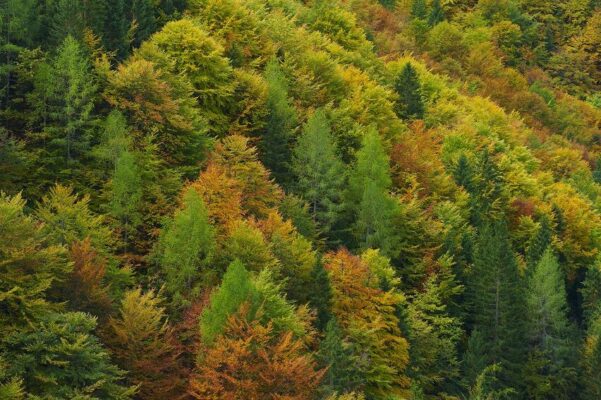
A new study involving more than 100 scientists from across the globe and the largest forest database yet assembled estimates that there are about 73,000 tree species on Earth, including about 9,200 species yet to be discovered.

A new study involving more than 100 scientists from across the globe and the largest forest database yet assembled estimates that there are about 73,000 tree species on Earth, including about 9,200 species yet to be discovered.
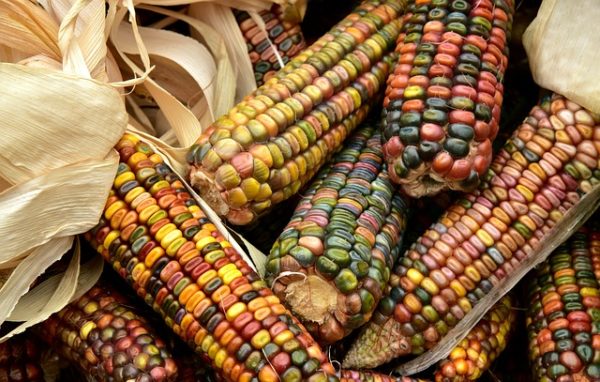
Five (5) high-yielding hybrid maize varieties developed by scientists have all been approved and recommended for release onto the market for cultivation and consumption by the National Varietal Release and Registration Committee (NVRRC) of Ghana.

First-of-its-kind analysis suggests declines in land suitability in most major producing countries. A new analysis predicts that, as climate change progresses, the most suitable regions for growing coffee arabica, cashews, and avocados will decline in some of the main countries that produce these crops.
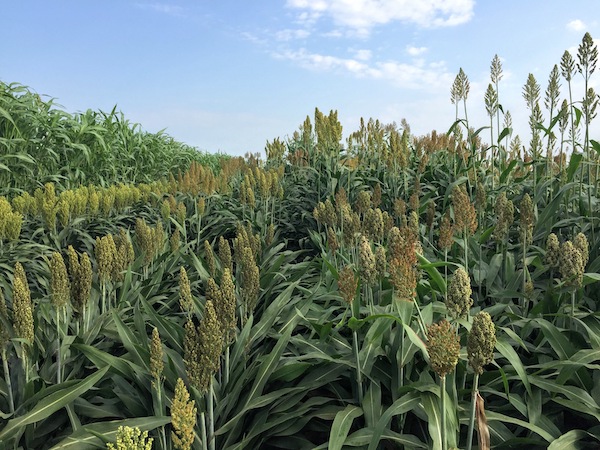
Scientists have harnessed data analytics to look “under the hood” of the mechanisms that determine how genetics and changing environmental conditions interact during crucial developmental stages of plants.
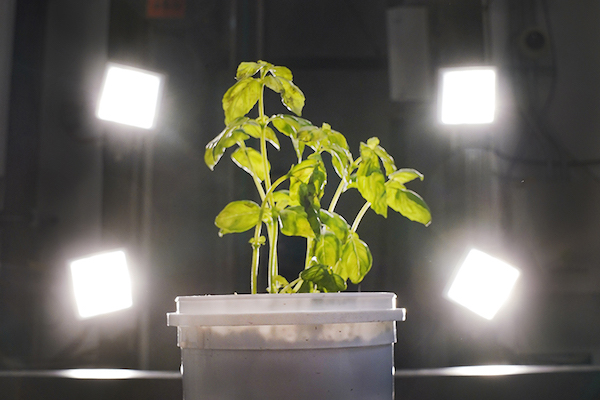
Some might say you look a little green when you are sick. Leafy greens actually turn purple — although not obvious to the human eye, it can be seen through advanced hyperspectral imaging (different than purple varieties of some vegetables). Researchers discovered this color change in kale and basil stressed by cadmium, a heavy metal toxic to human and animal health.

The Genus Calanthe (family Orchidaceae) consists of more than 207 species distributed in both tropical and subtropical regions.
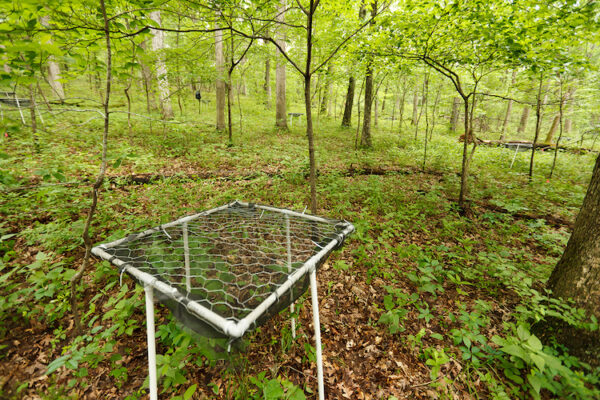
A new study provides key insights into how and why tree populations migrate in response to climate change at the continental scale.
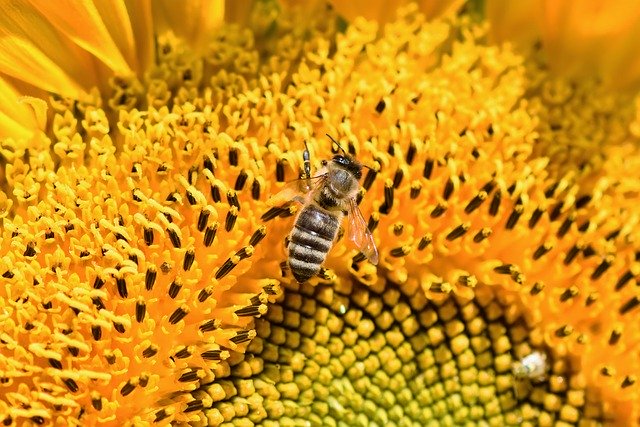
We rely on pollinators like honeybees to grow a wide array of the world’s crops. But that same reliance may put plants at risk of disease, according to new research. In the first study to take a broad look at virus hitchhikers on pollen grains, biologists show that a variety of viruses travel on pollen — especially in areas close to agriculture and human development where honeybees dominate.
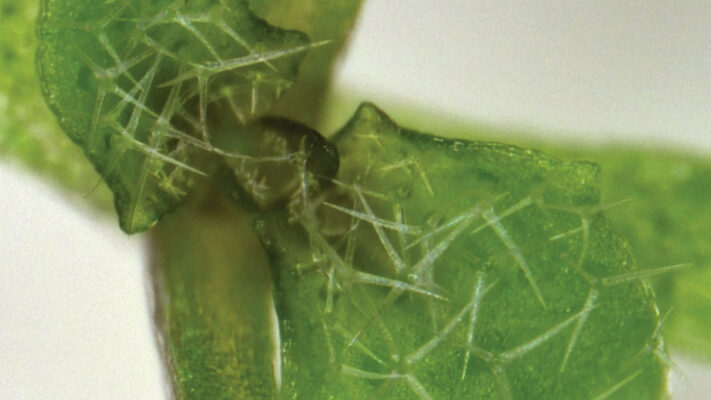
How does a developing plant shoot know how, where, and when to grow? Dividing cells need to pass messages from one another to coordinate growth. In plants, important messages are packaged into RNA, which are sent from cell to cell. By studying Arabidopsis thaliana, researchers found that RNA messages need a special protein to escort them where they need to go. Without this escort, cells cannot coordinate and the plant fails to develop properly.
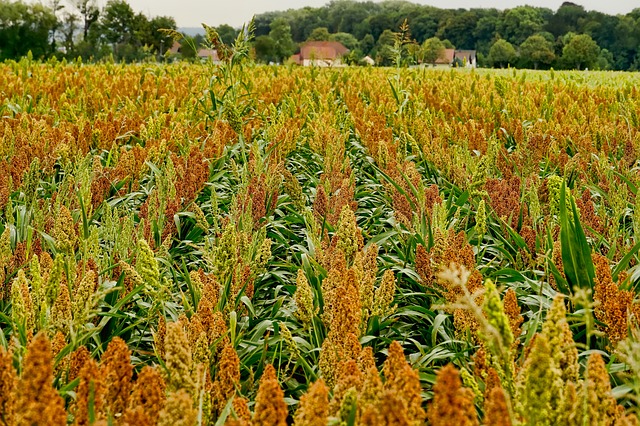
Scientists are honing the traits of speed, strength and near invulnerability in sorghum, a very important food crop. Achieving a milestone in their pursuit of the Superman of sorghum plants, scientists identified a single gene that confers broad protection from the fungal diseases anthracnose, rust and target spot.